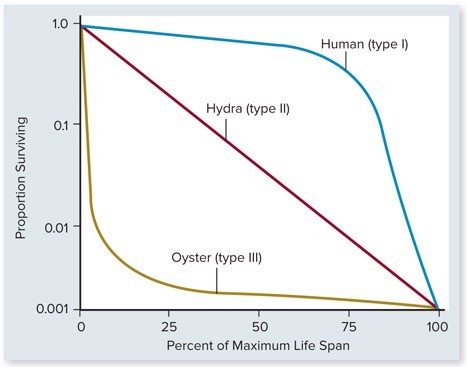Answer the following statements true (T) or false (F)
1. If a molecule is added to a glass of water, and is easily dissolved by the water, the added molecule is described as hydrophilic.
2. Cohesion is a property of water in which water molecules tend to stick together.
3. A peptide bond is a covalent bond formed between the amino group of one amino acid and the R group of another amino acid.
4. A substance in which other substances dissolve is called a solute.
5. Vegetable oil is an unsaturated fat from multiple plant sources. Because it is unsaturated, it is composed of at least one pair of double-bonded carbons.
1.TRUE
In understanding water's function as a solvent, hydrophilic molecules are paired with polar molecules that can be dissolved easily by the polar water molecule.
2. TRUE
Cohesion occurs when molecules of any substance attract other molecules of the same substance, and water does this with hydrogen bonds.
3. FALSE
Locations of peptide bonds are not random in building the polymers, but must be located in specific positions.
4. FALSE
Liquid solutions, such as our blood plasma, rely on the solvent and solute components to be balanced for our health.
5. TRUE
The economic understanding of food sources we buy can be important as you note differences among the natural and modified fatty acids.
You might also like to view...
How is Mendel’s Principle of Independent Assortment related to meiosis?
What will be an ideal response?
Which would occur in a Fifth level interaction?
A. Contacts terminated by retreat without apparent aggression. B. Contacts terminated only after sustained combat. C. Contacts terminated after moderate to intense reciprocal agression. D. Contacts terminated without clear dominance, no apparent retreat, and no aggression.
 Which of the following statements about the graph is true?
Which of the following statements about the graph is true?
A. Humans have low mortality rates early in life. B. Hydra and humans have parallel life spans. C. Oysters have high mortality rates late in life. D. Humans and oysters have similar life spans. E. Oysters live longer than Hydra.
The DNA of microorganisms is made up of subunits called
A. nucleotides. B. histones. C. mRNA. D. polymerases. E. amino acids.